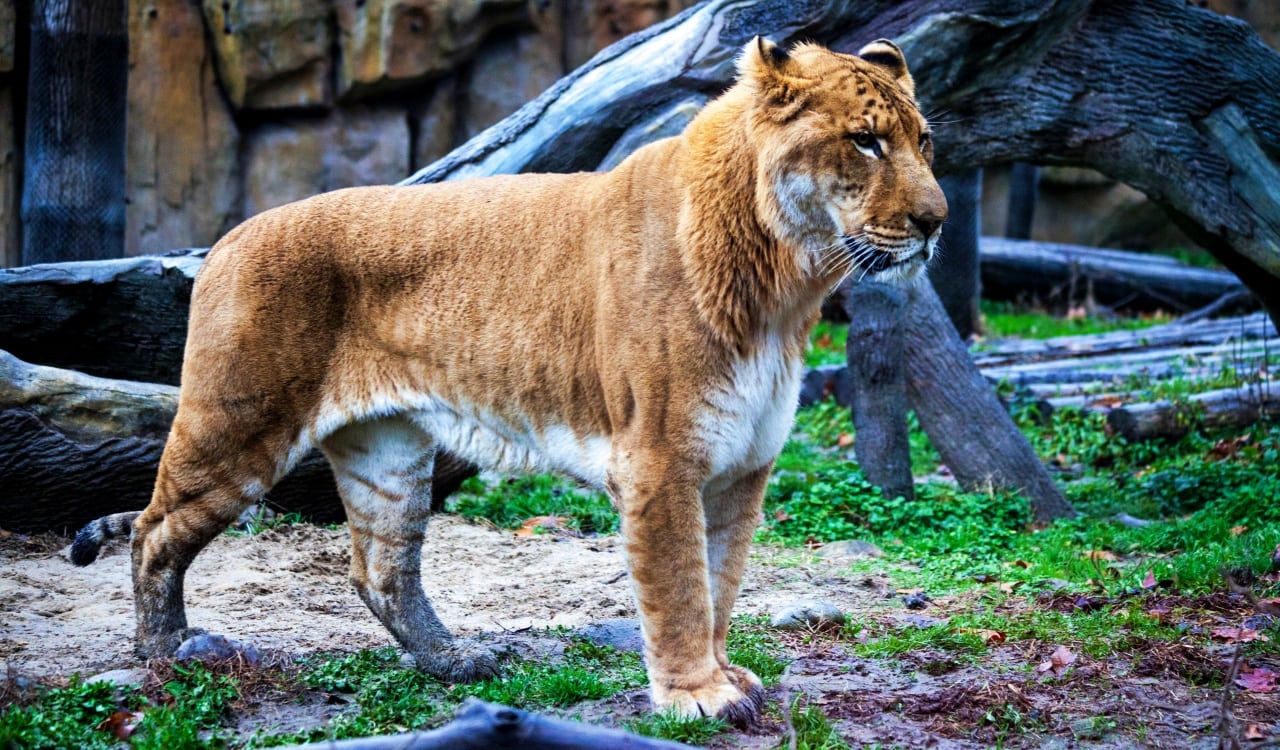While we cannot speak for other worlds, we feel we can state that the Earth has seen some amazing animals. Some might not seem special but add a lot to our ecosystem. However, every so often, you see something incredible. This is where the most unique animals in history come into play. While they were certainly important to their local ecosystem, they also appear to be something you’d have to dream up.
Of course, there are some unique-looking hybrid species. The mule is famously seen all over the world and happens to be a hybrid species. Other hybrids were forced and created unique offspring but many had health issues. Others were a product of evolution around them. Finally, some have no explanation for how they came to be. The most unique animals discovered are all amazing, so let’s get started discussing them below.
Ligers

Discovered: 19th Century
Location: All In Captivity
Ligers are hybrid predatory cats that are a cross between a male lion and a female tiger. The species differs from the Tigon, which comes from a male tiger and lioness. Ligers are one of the most unique animals on the planet mostly due to a few key factors. First, the hybrid nature of the species is uncommon to see in the wild. You’ll rarely ever see lions and tigers coming across one another, as lions are often found in Africa while tigers tend to be in Asia. This is why all ligers are found in zoos or conservation centers.
They are almost always the product of forced mating between lions and tigers, but some are accidental. The species technically goes back to the early 19th century in India. Yet they popped up in other zoos across the planet. In the 2010s, a hybrid movement led to a rise in liger births, however. Ligers also happen to be the single largest predatory cat to ever live, which is distinct but makes them poor predators. They are relatively bulky like tigers while being tall like lions. This is why they likely could not last long in the wild. In spite of the issues they face, ligers are beautiful creatures and well worth checking out.
